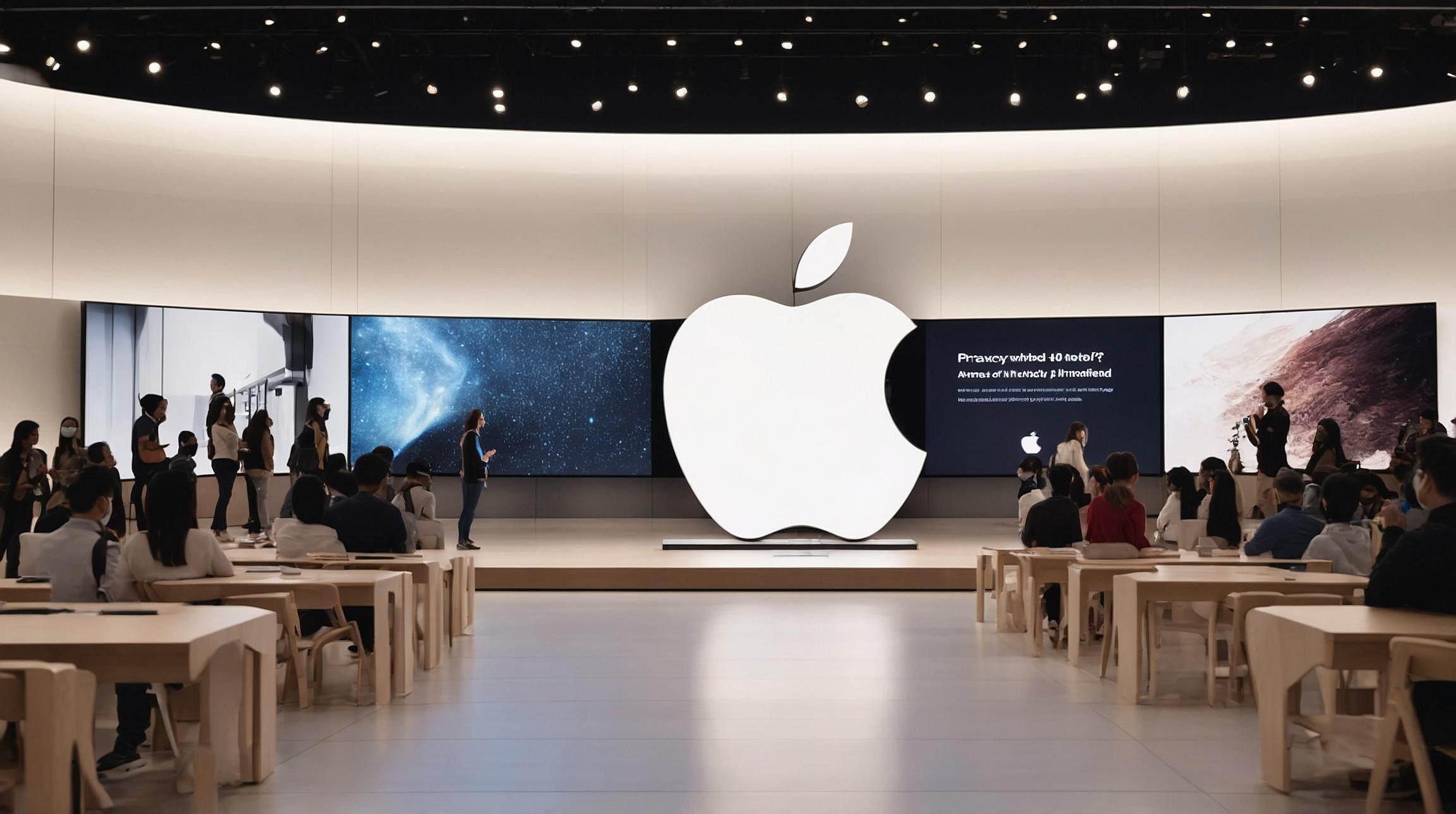The Apple Vision Pro: A New Era of Spatial Computing?
Apple is set to release its latest creation, the Vision Pro, which is being hailed as an entirely new device that will revolutionize the world of computing. With a focus on immersive experiences and spatial computing, Apple aims to break away from the confines of virtual reality and bring a new level of interactivity to users. However, critics argue that this device is simply the latest in a long line of immersive headsets that have failed to gain mainstream popularity.
The Evolution of Computer Interfaces: From Command Lines to Spatial Computing
The history of computing interfaces can be traced back to the early days of command lines, where users could interact with computers by inputting commands. While this interface was powerful, it was also cryptic and potentially dangerous for novice users. In the 1960s, Ivan Sutherland introduced the concept of a graphical user interface with his program SKETCHPAD, which allowed users to interact with the computer through drawing and gestures. This breakthrough paved the way for the two-dimensional interfaces that we are familiar with today.
Ivan Sutherland’s Vision of the Third Dimension
While Sutherland’s work on graphical interfaces was groundbreaking, he also had a vision for the future of computing in three dimensions. He believed that users should be fully immersed in a three-dimensional environment where the real world and computer-generated augmentations coexist seamlessly. Sutherland’s ‘Head Mounted Display’ was a step towards this vision, although it was far from perfect. Since then, there have been numerous attempts to create fully realized augmented reality systems, with varying degrees of success.
Microsoft’s Hololens and the Potential of Spatial Computing
Nine years ago, Microsoft introduced the Hololens, a portable augmented reality system that allowed users to interact with holograms in their physical environment. While the Hololens was impressive, Microsoft failed to turn it into a mass-market device. Now, Apple is entering the world of spatial computing with the Vision Pro, a device that promises to take the technology to the next level. With improved sensors and software, Apple aims to create a truly immersive and spatial computing experience for users.
Will Apple Succeed Where Others Have Failed?
Apple’s vision for spatial computing is ambitious, but it’s not entirely original. The company seems to be ignoring the failures and partial successes of the past, instead focusing on the potential of their own creation. The question remains: will Apple be able to achieve what others have not? Only time will tell if the Vision Pro can truly revolutionize computing and bring us one step closer to Ivan Sutherland’s original vision.
Analyst comment
Positive news: The Apple Vision Pro: A New Era of Spatial Computing.
As an analyst, I predict that the market will react positively to the release of the Apple Vision Pro, with potential for increased demand and interest in spatial computing. Apple’s focus on immersive experiences and advancements in sensor technology could drive the adoption of this new device. However, market success will ultimately depend on the device’s ability to overcome challenges faced by previous immersive headsets.













